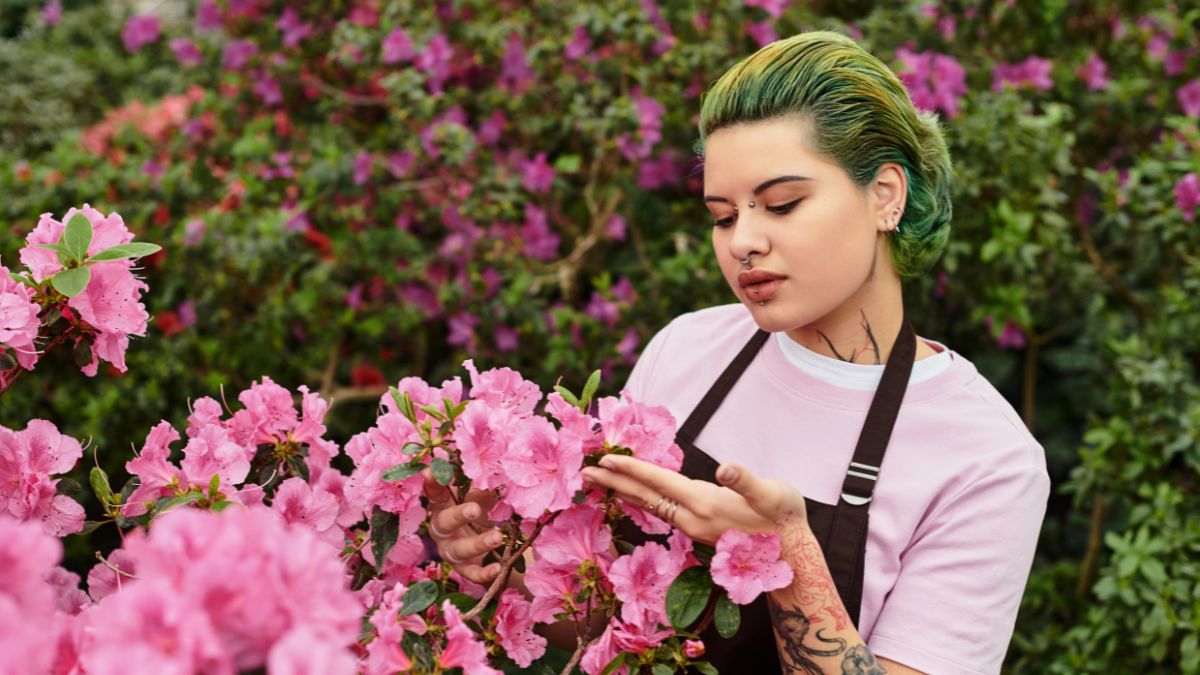15 Easy to Grow Perennials That Bring Your Garden Back to Life Every Year
Perennial plants are a gardener’s best friend. Unlike annuals that need to be replanted each year, perennials come back season after season with beautiful blooms and rich foliage. They’re perfect for adding color, texture, and personality to your outdoor space with minimal effort.
Whether you’re just starting a garden or looking to refresh your landscape, these stunning perennials are sure to impress. Here are some of the most beautiful perennial plants and flowers that return year after year.
Coneflower
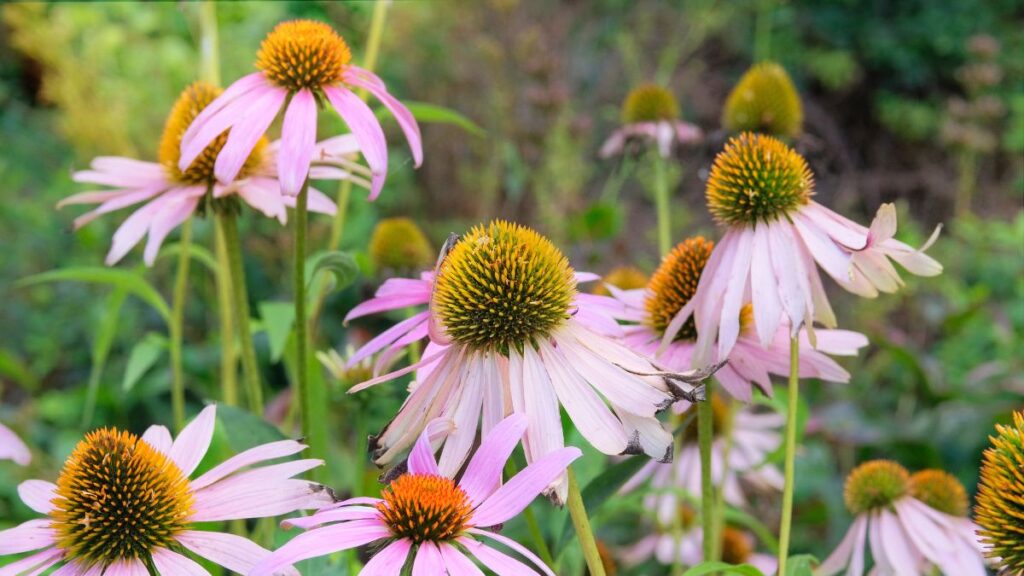
Coneflowers are known for their bright, daisy-like blooms and strong stems. They attract butterflies and bees, making them a great choice for a pollinator-friendly garden.
These flowers come in shades of pink, purple, white, and even orange. They’re drought-tolerant and thrive in sunny spots. Coneflowers bloom from early summer through fall, bringing long-lasting beauty to your yard.
Peony
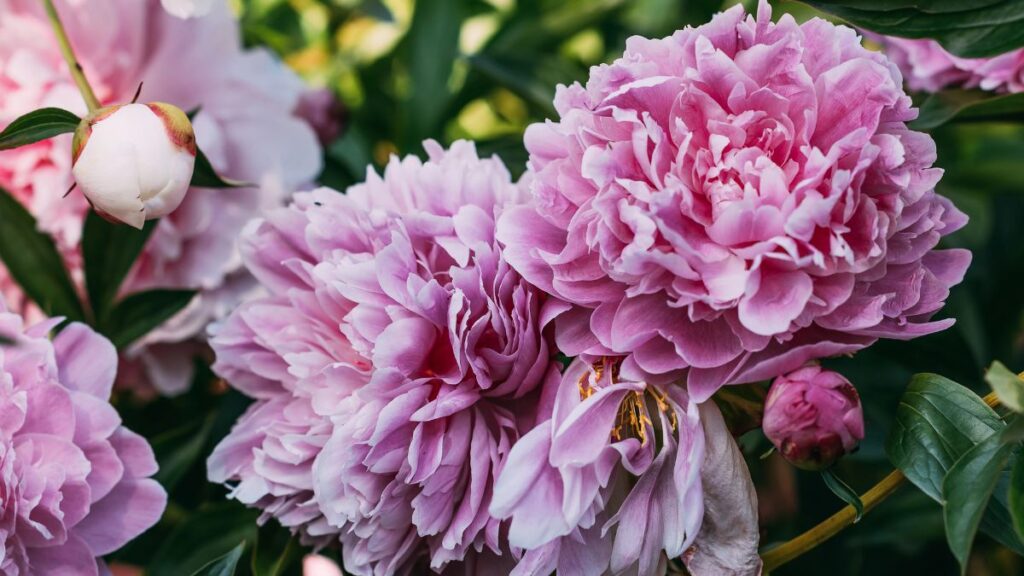
Peonies are a classic favorite with large, fluffy flowers and a lovely fragrance. They bloom in spring and early summer, and each blossom can last for over a week.
Peonies come in soft colors like pink, white, red, and coral. Once established, they can live for decades with little care. Their lush blooms make them perfect for garden beds or cut flower arrangements.
Black-Eyed Susan
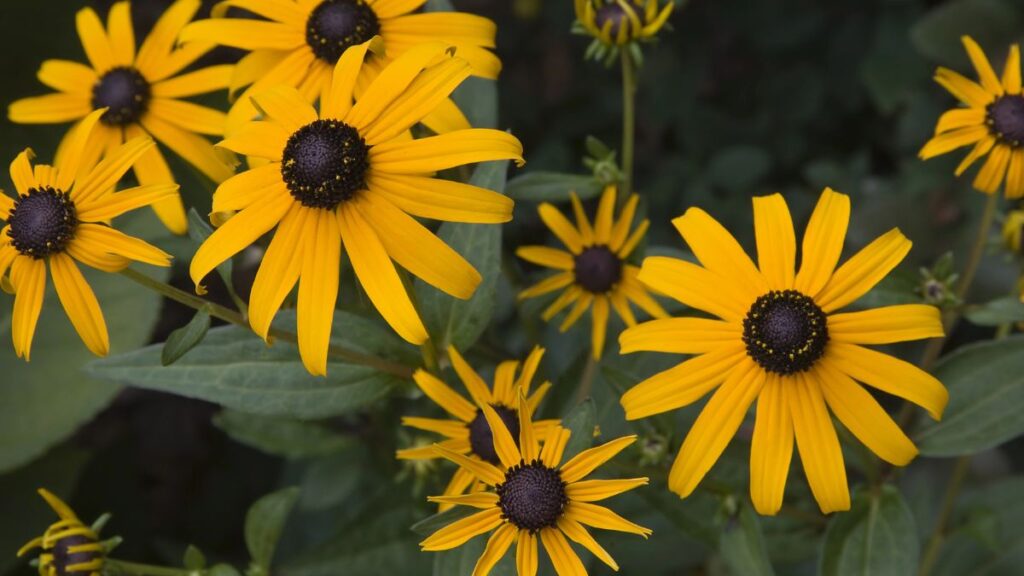
Black-eyed Susans are cheerful flowers with golden petals and dark centers. They bloom in mid to late summer and are super easy to grow. These hardy plants do well in most soil types and love full sun.
Their bright blooms attract bees, butterflies, and birds. They also look beautiful when planted in large groups or wildflower gardens.
Lavender
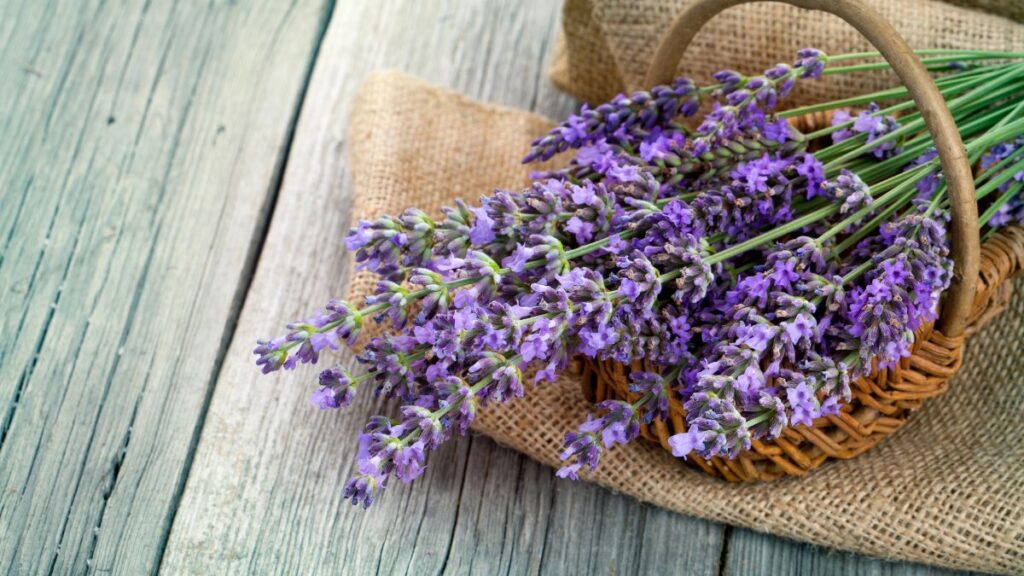
Lavender brings both beauty and a calming scent to your garden. Its purple flower spikes bloom in summer and attract bees and butterflies.
Lavender loves well-drained soil and full sun and is also deer- and drought-resistant. You can dry the flowers and use them in sachets or teas. Lavender adds elegance and a relaxing vibe wherever it grows.
Daylily
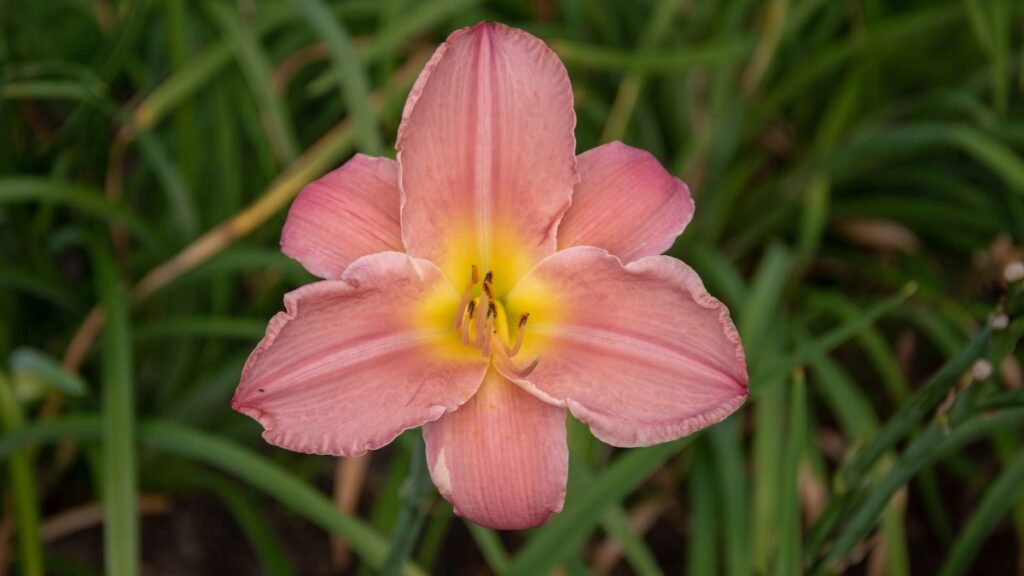
Daylilies are low-maintenance perennials that bloom in many colors, from soft pastels to bright orange and red. Each flower only lasts a day, but plants produce lots of buds for weeks of color.
They thrive in a variety of conditions and spread easily, making them great for filling in spaces. Daylilies are perfect for busy gardeners who want beauty without the fuss. They look especially pretty along paths or in borders.
Bleeding Heart
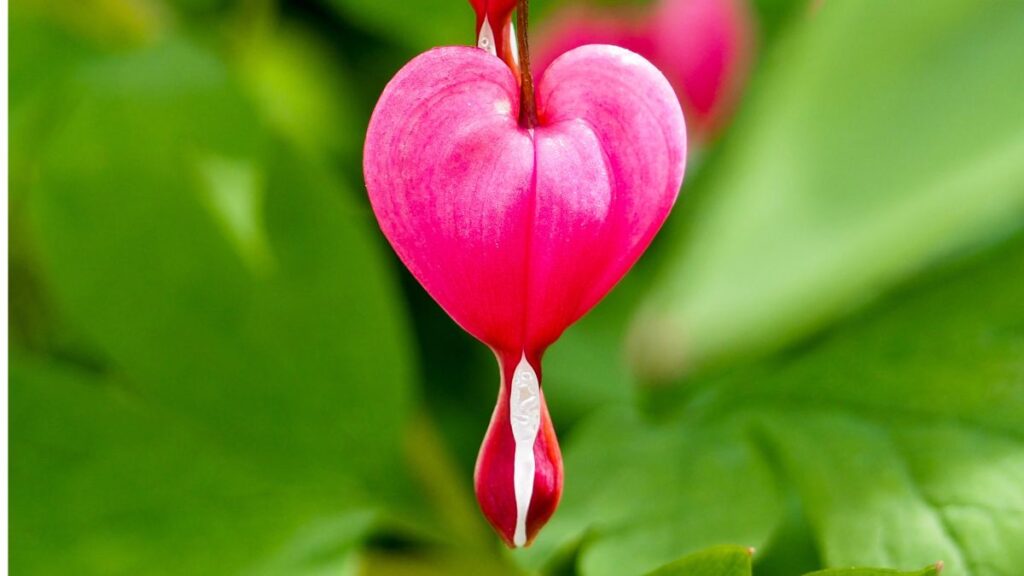
Bleeding hearts are known for their unique, heart-shaped blooms that dangle from arched stems. These romantic-looking flowers bloom in spring and prefer shady or partially shaded areas.
They come in pink, white, and red and grow best in cool, moist soil. Bleeding hearts add charm and softness to woodland-style gardens. Their graceful appearance makes them a standout in any shady spot.
Hostas
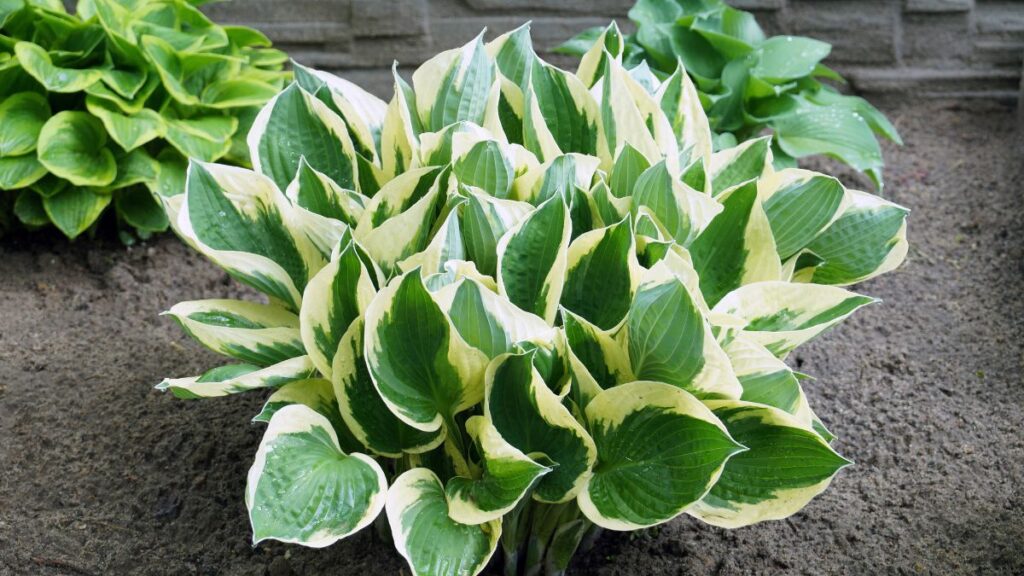
Hostas are prized for their large, leafy foliage that comes in many shades of green, blue, and even variegated patterns. They thrive in shady areas where many other plants struggle.
While grown mostly for their leaves, hostas also bloom with tall, lavender or white flower spikes. They’re easy to grow and require little care once planted. Hostas are perfect for adding texture and interest to shaded garden beds.
Salvia
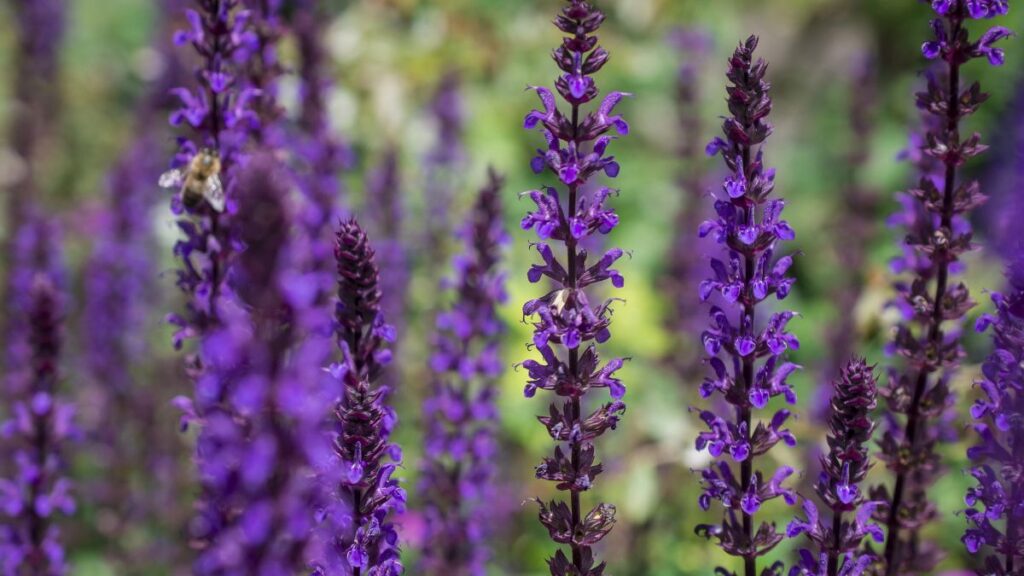
Salvia, also known as sage, is a sun-loving perennial that produces tall spikes of purple, blue, pink, or red flowers. It attracts hummingbirds and butterflies while deterring deer.
Salvia is drought-tolerant and blooms from early summer through fall. Its vertical shape adds structure to flower beds and borders. This plant is great for gardeners who want bold color with minimal upkeep.
Coral Bells
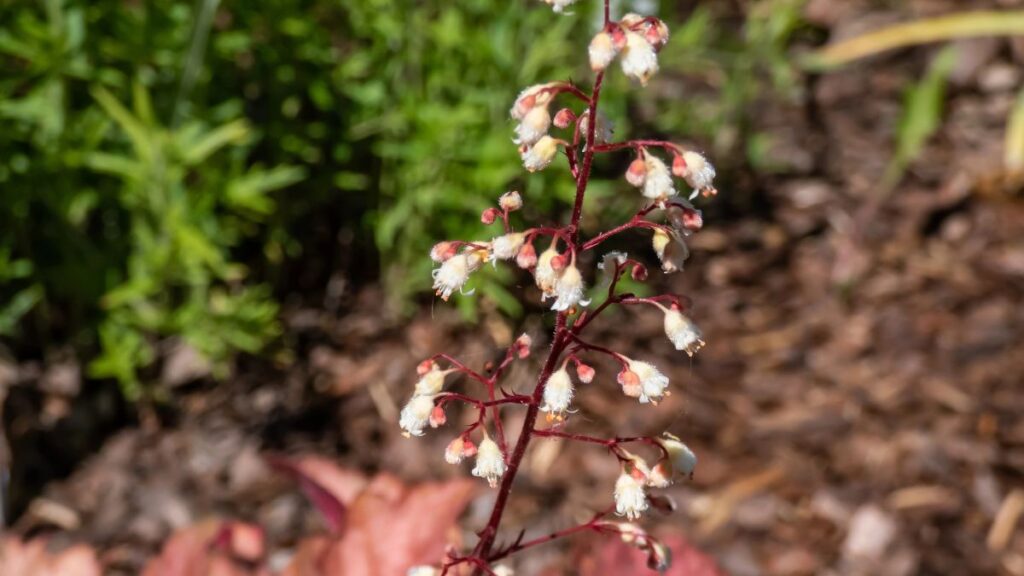
Coral bells have delicate flowers on tall stems, but they’re mostly grown for their colorful leaves. The foliage comes in shades of purple, bronze, green, and even silver.
These plants do well in part shade and add vibrant color to garden edges and borders. Their blooms attract pollinators, and their leaves look great all season long. Coral bells are a favorite for mixing with other perennials.
Shasta Daisy
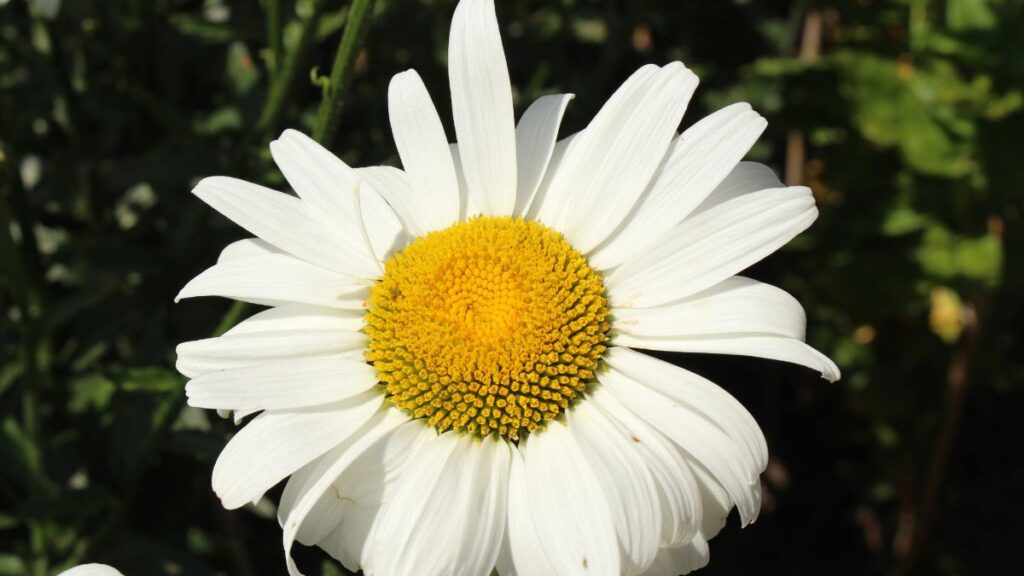
Shasta daisies are cheerful, white-petaled flowers with sunny yellow centers. They bloom in early to mid-summer and stand tall on strong stems.
These daisies love full sun and well-drained soil. They make excellent cut flowers and bring a fresh, clean look to any garden. Their simple beauty and long bloom time make them a garden favorite.
Astilbe
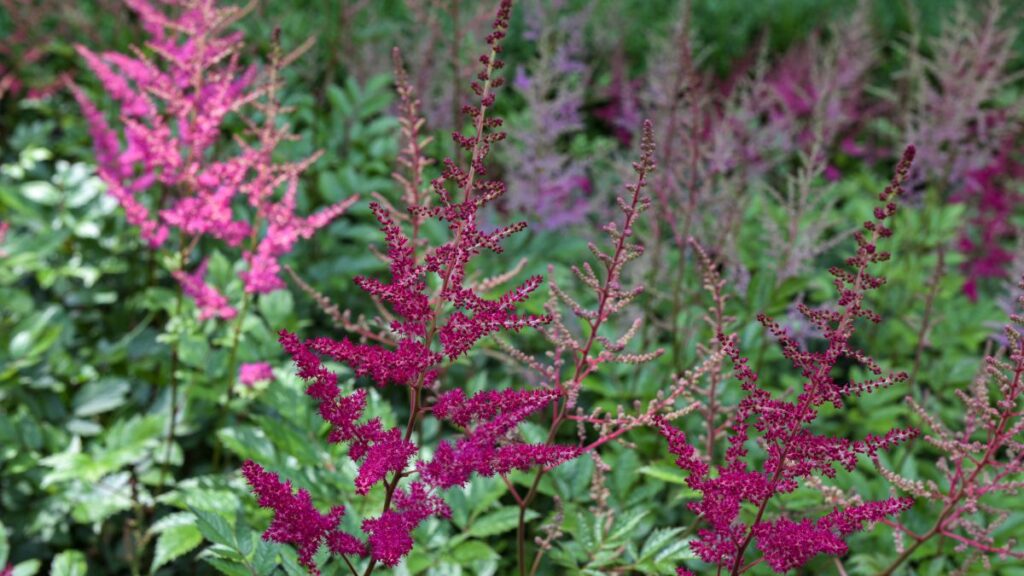
Astilbe adds soft, feathery plumes of pink, white, or red to shady gardens. These flowers bloom in early to mid-summer and pair well with ferns and hostas.
Astilbe prefers moist soil and is ideal for woodland gardens or near ponds. Its bold foliage adds texture even when the flowers have bloomed. This plant brings color and elegance to hard-to-fill shaded areas.
Russian Sage
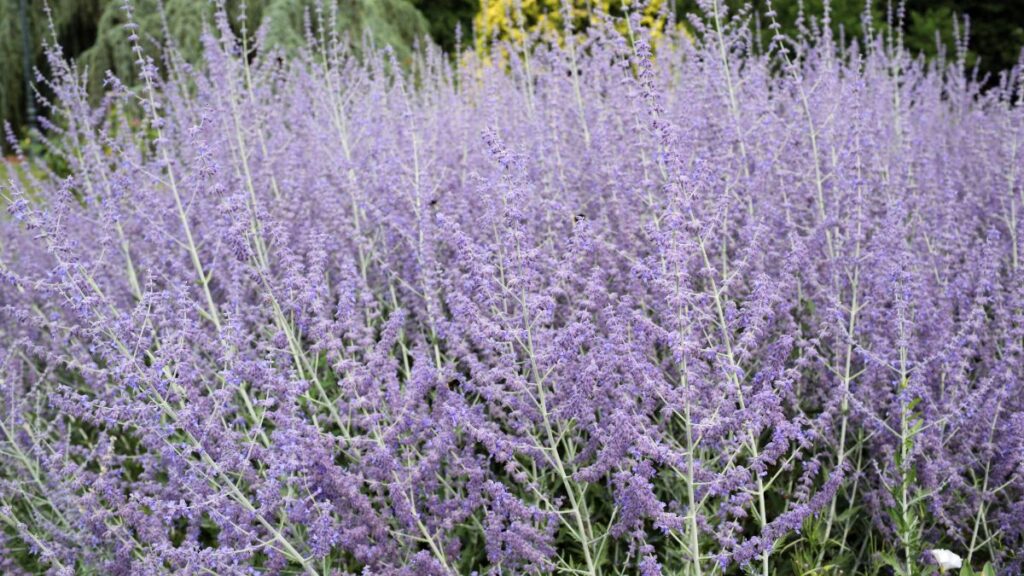
Russian sage is a tall, airy plant with silvery leaves and long spikes of lavender-blue flowers. It blooms from midsummer to fall and is loved by pollinators.
This drought-tolerant plant thrives in full sun and well-drained soil. Its wispy appearance adds movement and grace to flower beds. Russian sage pairs beautifully with ornamental grasses and other sunny perennials.
Bee Balm
Bee balm is a colorful perennial with spiky blooms that attract bees, butterflies, and hummingbirds. It comes in shades of red, pink, purple, and white.
Bee balm blooms in summer and enjoys moist, sunny areas. Its minty scent helps keep deer away. This plant adds wild charm and energy to cottage-style gardens.
Sedum
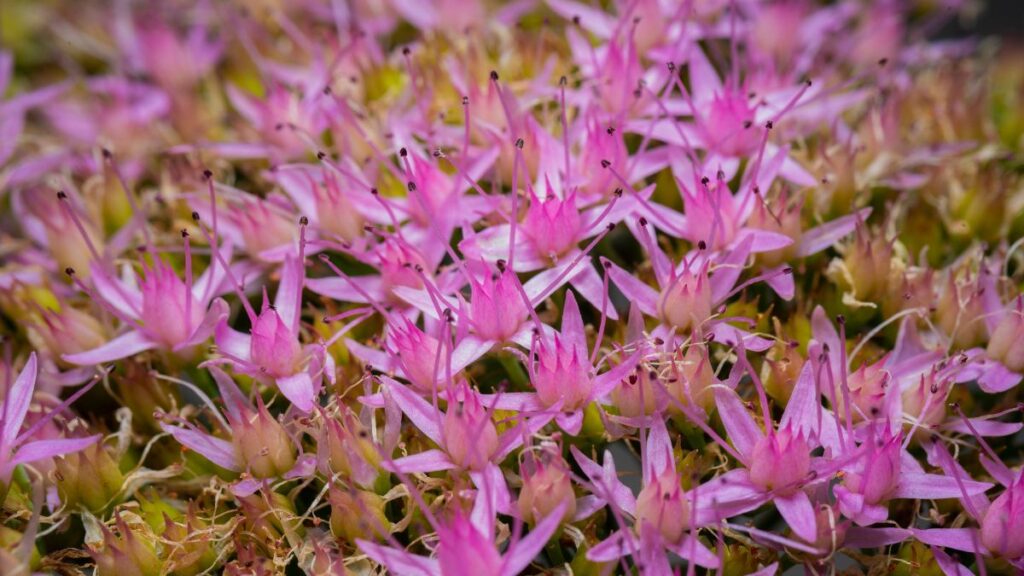
Sedum, also known as stonecrop, is a succulent perennial that’s great for sunny, dry spots. Its thick leaves store water, and its star-shaped flowers bloom in late summer and fall. Sedum comes in many shapes and colors, from ground covers to upright varieties.
It’s a tough, low-maintenance plant that keeps going when others fade. Sedum brings interest to gardens year-round, especially in rock gardens or borders.
Lupine
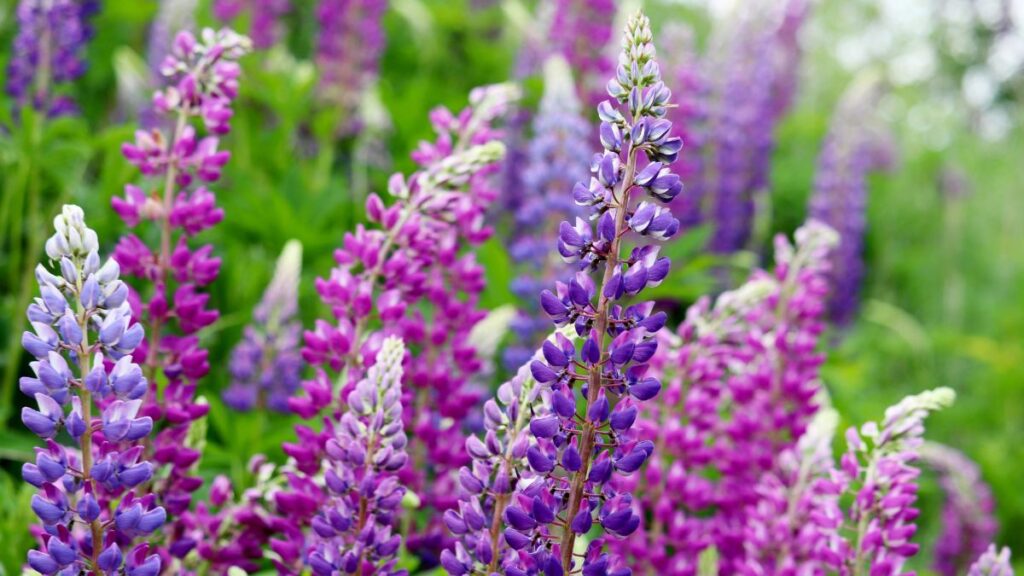
Lupines produce tall, colorful flower spikes that bloom in late spring to early summer. They come in a rainbow of colors and add height and drama to garden beds.
Lupines like full sun and well-drained soil, and also improve soil by fixing nitrogen. Their unique shape and vibrant shades make them a standout in any flower garden. They also attract beneficial insects and pollinators.
Related: 15 Clever Hacks To Reduce That Never-Ending Grocery Bill

Managing grocery expenses can be challenging for many households, especially with rising food costs and fluctuating budgets.
However, with some creativity and resourcefulness, you can implement numerous clever hacks to reduce your never-ending grocery bill without sacrificing the quality or variety of your meals.

